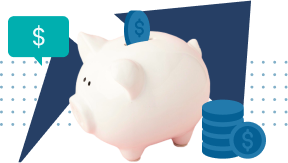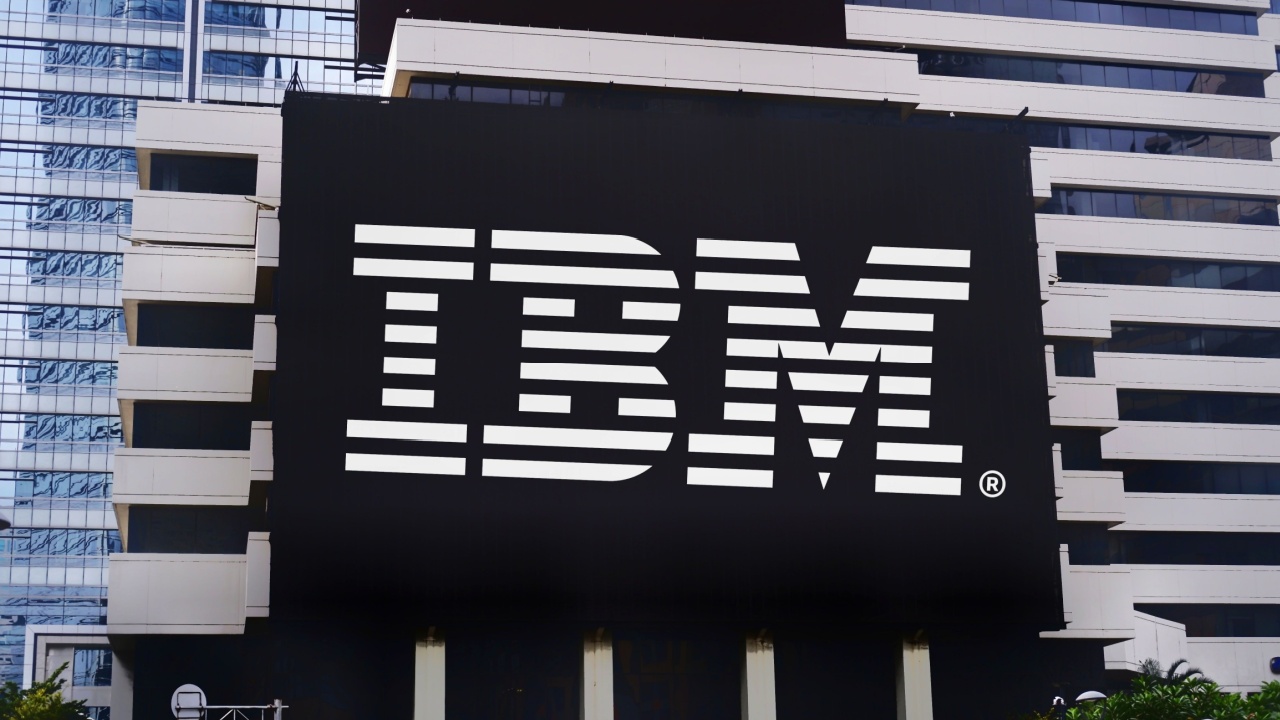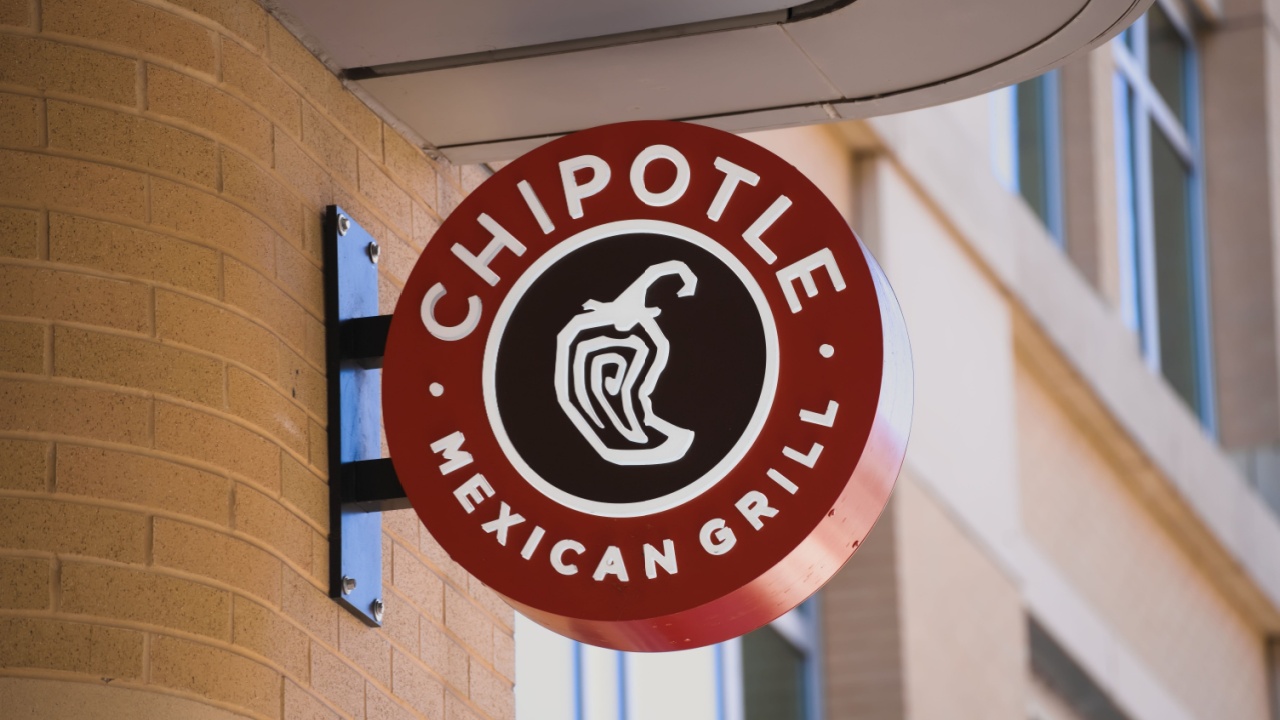PayScale College ROI Report – Overview by Payscale
Overview:
We produce this report to aid prospective college students in determining earning potential and their educational return on investment (ROI) when thinking about school selection. With student loan debt in excess of $1 trillion in the US, we believe that students need to evaluate the ROI for different schools to ensure they’re making good decisions in regard to student loan debt and the impact it may have on their financial future.
Rankings shown are based on 20-Year Net ROI for on-campus costs both with and without financial aid factored in. If a school does not report On Campus cost to IPEDS, then it is not included in the rankings.





New For 2016:
PayScale provides median earnings data of workers who attended college based on where their household fell in the income distribution when they attended college. Median earnings by household income is provided overall, by experience, job level, and school type. PayScale provides data on average student loan payment amounts by major, job family, household income bucket, age, highest degree obtained, and school category. PayScale also examines how prepared college grads felt after graduation by major, school categories, and household income bucket. Note that “-” is listed wherever we were not able to report on a statistically relevant sample. Data was obtained from 78,500 U.S. workers who took the PayScale survey between 12/23/2015 and 2/10/2016.
| Monthly Student Loan Payment | Percent | Median Pay |
| $0-$100 per month | 39% | $59,500 |
| $101-$250 per month | 25% | $52,100 |
| $251-$500 per month | 24% | $55,100 |
| $501-$1000 per month | 9% | $61,500 |
| $1001+ per month | 3% | $72,100 |
| Monthly Student Loan Payment | |||||||
| Age | Median Pay of Respondents Currently Paying Loans | Percentage Breakdown of Respondents Currently Paying Loans | $0-$100 per month | $101-$250 per month | $251-$500 per month | $501-$1000 per month | $1001+ per month |
| 18-22 | $42,300 | 4% | 42% | 27% | 22% | 6% | 3% |
| 23-27 | $6,700 | 29% | 32% | 26% | 28% | 11% | 3% |
| 28-32 | $57,900 | 23% | 33% | 26% | 27% | 11% | 3% |
| 33-37 | $63,900 | 15% | 35% | 30% | 24% | 9% | 2% |
| 38-42 | $65,900 | 9% | 44% | 25% | 21% | 8% | 2% |
| 43-47 | $68,700 | 7% | 50% | 20% | 20% | 8% | 2% |
| 48-52 | $71,500 | 6% | 58% | 17% | 17% | 6% | 2% |
| 53-57 | $69,500 | 4% | 67% | 13% | 14% | 4% | 2% |
| 58-62 | $72,300 | 2% | 73% | 10% | 10% | 4% | 3% |
| 63-67 | $73,200 | 1% | 76% | 10% | 9% | 3% | 2% |
| 68 or older | $- | 0% | 83% | 7% | 3% | 6% | 1% |
| Monthly Student Loan Payment | ||||||
| Highest Degree Attained | Median Pay of Respondents Currently Paying Loans | $0-$100 per month | $101-$250 per month | $251-$500 per month | $501-$1000 per month | $1001+ per month |
| Doctors of Medicine (MD) | $107,000 | 29% | 9% | 20% | 20% | 23% |
| Degrees no higher than Doctorate (Ph.D.) | $85,200 | 49% | 16% | 18% | 12% | 5% |
| Degrees no higher than Juris Doctor (JD) or Master of Jurisprudence | $82,800 | 29% | 12% | 25% | 22% | 12% |
| Degrees no higher than Master of Business Administration (MBA) | $77,800 | 40% | 20% | 24% | 13% | 3% |
| Degrees no higher than Masters (non-MBA) | $63,600 | 35% | 21% | 26% | 14% | 4% |
| Degrees no higher than Bachelors | $51,900 | 41% | 27% | 23% | 7% | 2% |
| Degrees no higher than Associates | $45,400 | 36% | 30% | 32% | 2% | 0% |
Highlights – College ROI Rankings
Rankings in this list of press highlights are based on Net 20 Year ROI, On Campus Costs (Without Financial Aid). If a school does not report On Campus cost, then it is not included in the main ranking. “Overall” ranking refers to ranking of schools only, not school-job category or school-major combinations. There are 962 schools included in the overall PayScale College ROI list; 442 public (both in-state and out-of-state cost structures are included), 505 private not-for-profit, and 15 private for-profit schools.
- Caltech took the #1 spot this year bumping Harvey Mudd to #3 in the overall ranking. MIT came in at #2.
- Engineering schools remain at the top of the PayScale College ROI list. The schools ranked 1 through 3, overall, and 6 out of the top 10 schools, overall, are engineering schools. The average net ROI for engineering schools is $756,000, compared to the average net ROI for Liberal Arts, Religious, Arts, or Music and Design Schools which are all less than $250,000.
- Public schools dominate the overall ranking for annualized ROI- indicative of their relative low cost when compared to private Schools. Only 2 out of the highest 100 on campus annualized ROI values come from private schools. Brigham Young University (BYU) and Park University are the exceptions, and both have inexpensive on campus costs; $69,400 and $91,600, respectively.
| Current Median Pay by Household Income Distribution in College | |||
| Years of Experience | Bottom 25% | Middle 50% | Top 25% |
| Overall | $55,300 | $62,900 | $69,300 |
| Early Career (0-5 years of experience) | $46,700 | $51,100 | $56,600 |
| Mid-Career (10 or more years of experience) | $77,400 | $86,000 | $108,000 |
Effect Of Household Income Pre-College On Income Post-college
- College graduates that come from wealthy households when entering school have a greater earning potential post-graduation. The median pay for respondents whose household income was in the bottom 25 percent of the income distribution (self-reported) when they attended college is $55,300. The median pay increases to $62,900 for respondents whose household was in the middle 50 percent of the income distribution. Respondents whose household income was in the top 25 percent have the highest earning potential post-graduation with a median pay of $69,300. The same pattern holds true across experience levels, job levels, and school types.
- The positive effect of high household income during college upon earnings post-college is compounded with more experience. While the bottom 25% and middle 50% realize wage growth from early to mid-career salaries by 66% and 68%, respectively, individuals who reported being in the highest 25% of household income in college experienced 91% median wage growth from early to mid-career salary.
- Are college graduates from low-income backgrounds still suppressed? 33 percent of mid-career workers (10+ years work experience) that report being in the bottom 25 percent of the household income distribution in college report earnings in the bottom 25 percent. Only 18 percent of mid-career workers that started in the bottom 25 percent now earn in the top 25 percent. Reversely, only 15 percent of mid-career workers that started in the top 25 percent now earn in the bottom 25 percent.
- A higher percentage of executives came from a household in the top 25 percent of income distribution pre-college (18%) than any other job level.
| Current Median Pay by Household Income Distribution in College | |||
| Job Level | Bottom 25% | Middle 50% | Top 25% |
| Executive Level | $123,000 | $133,000 | $152,000 |
| Director Level | $79,300 | $86,300 | $98,600 |
| Manager or Supervisor Level | $61,100 | $68,100 | $77,300 |
| Individual Contributor Level | $50,400 | $56,500 | $61,300 |
Student Loan Payments
- 39 percent of respondents currently paying student loans report a monthly payment of $100 or less. 25 percent report a monthly payment of $101-$250, 24 percent report $251-$500, 9 percent report $501-$1000, and only 3 percent report a monthly payment over $1001.
- Over 50 percent of respondents that report currently paying student loans are between the ages of 23 and 32. Respondents in this age group have the highest percentage of respondents that have a monthly payment greater than $250 a month (ages 23-27 at 42 percent and ages 28-32 at 41 percent). The median pay for respondents in these age groups are among the lowest, with the median pay for ages 23 to 27 at $46,700 and the median pay for ages 28 to 32 at $57,900. The only age group with a lesser median pay is 18 to 22 with a median pay of $42,300.
- People who have earned an M.D. have the highest monthly loan payments, with 23% reporting paying at least $1000 per month. The next highest group that has this level of monthly student loan payments are J.D. (Law degree) graduates at 12%. Conversely, Ph.D.’s have the highest share of low loan payments, with nearly 50% of respondents paying between $0 and $100 per month.
- When comparing types of schools, Engineering and Ivy League Schools have the greatest percentage of respondents that report currently paying loans that have a monthly payment over $1000 at 7 percent and 6 percent, respectively. The respondents can most likely afford it though, with the two highest median pays by school type at $74,300 and $80,100, respectively.
- When comparing occupations, Legal Occupations have the greatest percentage of respondents that report currently paying loans that have a monthly payment over $1000 at 10 percent (compared to 3 percent across all occupations). Legal Occupations have the smallest percentage reporting a monthly payment of $0-$100 at 30 percent (compared to 39 percent across all occupations).
- Engineering has the top spot for median salary by major, but report the second highest percentage of respondents who only pay 0 – $100 per month.
Only 29 percent of respondents felt they did not need additional training for their day-to-day job responsibilities after graduating college. 56 percent felt they received the necessary additional training within 3 months.
| Current Median Pay by Household Income Distribution in College | |||
| School Type | Bottom 25% | Middle 50% | Top 25% |
| Public Schools | $78,500 | $87,000 | $105,000 |
| Private Not For Profit Schools | $82,800 | $89,000 | $110,000 |
| Research Universities | $87,200 | $93,100 | $112,000 |
| Private For Profit Schools | $63,500 | $76,900 | $102,000 |
| Ivy League Schools | $- | $125,000 | $147,000 |
| Party Schools | $92,200 | $90,900 | $101,000 |
| Sober Schools | $- | $95,200 | $- |
| Liberal Arts Schools | $80,300 | $83,200 | $- |
| Engineering Schools | $101,000 | $116,000 | $122,000 |
| Business Schools | $75,100 | $81,500 | $102,000 |
| Art & Design Schools | $- | $72,300 | $- |
| Religious Schools | $79,700 | $84,900 | $97,700 |
| For Sports Fans Schools | $85,200 | $91,000 | $110,000 |
Do College Grads Feel Adequately Prepared For Their Job Responsibilities?
- 85% of college graduates surveyed said they felt well prepared for their job after college and needed only minimal additional training if any at all. 11% felt minimally prepared and needed substantial training while 4% felt completely unprepared.
- Philosophy and Religious Studies majors have the highest percentage of respondents that felt unprepared for their day-to-day job responsibilities after graduating college (8 percent).
- “Party Schools” (the 20 schools on the 2015 Princeton Review“Party Schools” list) have the smallest percentage of respondents that responded “Extremely – I needed no additional training” when asked “How prepared did you feel for your day-to-day job responsibilities after graduating college?” with only 18 percent needing no additional training.
- Private for Profit schools have the largest share of respondents (34%) who claim they needed no additional training after college. It should be noted that private for profit schools include trade schools.
- Architecture and Engineering Occupations have the smallest percentage of respondents that responded “Extremely – I needed no additional training” when asked “How prepared did you feel for your day-to-day job responsibilities after graduating college?” with only 21 percent needing no additional training.
- The three occupational groupings with the greatest percentage of respondents that were prepared for their day-to-day job responsibilities within the first 3 months (answered extremely or mostly prepared) are Healthcare Support Occupations (90%), Community and Social Services Occupations (89%), and Education, Training, and Library Occupations (89%).
| Household Income Distribution in College | |||
| School Type | Bottom 25% | Middle 50% | Top 25% |
| Public Schools | 31% | 58% | 11% |
| Private Not For Profit Schools | 27% | 59% | 14% |
| Research Universities | 28% | 58% | 14% |
| Private For Profit Schools | 32% | 58% | 10% |
| Ivy League Schools | 19% | 56% | 25% |
| Party Schools | 24% | 61% | 15% |
| Sober Schools | 33% | 55% | 12% |
| Liberal Arts Schools | 25% | 57% | 18% |
| Engineering Schools | 21% | 65% | 14% |
| Business Schools | 30% | 58% | 12% |
| Art & Design Schools | 28% | 59% | 13% |
| Religious Schools | 28% | 61% | 11% |
| For Sports Fans Schools | 28% | 59% | 13% |
About PayScale:
Creator of the largest database of individual compensation profiles in the world containing more than 54 million salary profiles, PayScale, Inc. provides an immediate and precise snapshot of current market salaries to employees and employers through its online tools and software. PayScale’s products are powered by innovative algorithms that dynamically acquire, analyze and aggregate compensation information for millions of individuals in real-time. Publisher of the quarterly PayScale Index ™, PayScale’s subscription software products for employers include PayScale MarketRate™, PayScale Insight™, and PayScale Insight Expert™. PayScale’s cloud compensation software is used by more than 3,500 customers including Bloomberg BNA, Cummins, Warby Parker, Clemson University and Signature HealthCARE. For more information, please visit: www.payscale.com or follow PayScale on Twitter: http://twitter.com/payscale.











